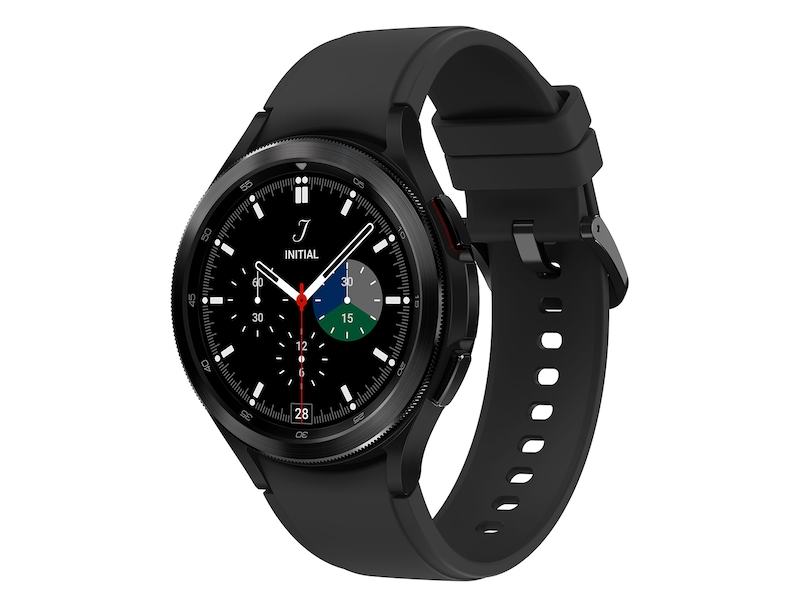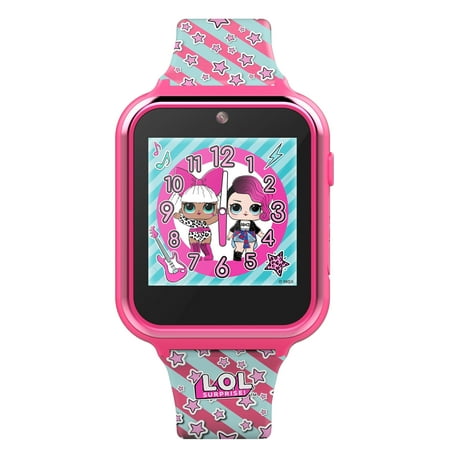Meggie Diamond Dial Watch Head & Bracelet, 33mm – MICHELE
Rounded corners add modern elegance to the case of a stunning watch that sparkles with 148 prong-set diamonds.
Rounded corners add modern elegance to the case of a stunning watch that sparkles with 148 prong-set diamonds. Roman-numeral indexes, a mother-of-pearl dial and a gleaming seven-link bracelet make the style truly timeless.
- 33mm case; 16mm band width
- Adjustable bracelet; links can be removed at your local Nordstrom. Find a store
- Total diamond weight: 0.49ct.
- Swiss quartz movement
- Mother-of-pearl dial
- Sapphire crystal face
- Stainless steel/goldtone or silvertone plate/diamond
- Imported
- Item #6062529





by Nordys
Gorgeous watch. The two-tone is lovely. This watch is understated and elegant; yet at the same time, eye-catching. Beautiful.
by Amarie
The quality of this watch is astounding. I purchased it in the stainless steel (silver) color and I am really pleased with the way it looks. This is my new everyday watch. You can dress it up or down. The diamonds are not too overdone but give it an eye catching sparkle! I am very happy with my new purchase. The shape of the face is also very unique, it reminded me of the Cartier Santos watch. Feminine, elegant and classic. This is a great investment piece and for longtime use.
by Coast
I think the Michele watch is nice, but it is not quite what I expected. Price is good, but I had hoped the diamonds would show up better. I will be returning so maybe someone else can enjoy it. I will probably purchase a different style.